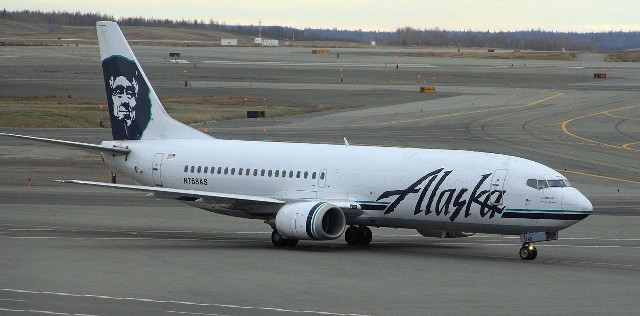2015-Flight Safety Review
By Willie Bodenstein
Are we in a golden era of aircraft safety?
The global fatal accident rate of one in 5 million flights marks 2015 as the safest year ever for commercial aviation. The major accident loss rate has more than halved over the past five years.

NASA's December 1984 "controlled impact demonstration," the deliberate crash of a remotely piloted Boeing 720, tested an antimisting fuel additive intended to reduce the severity of post-crash fires. It didn't. Photo © NASA
There were only four major accidents in 2015 which resulted in the loss of life of 394 passengers out of 40 million flights during which 3.5 billion passengers were flown to destination across the planet. The losses include the Germanwings and Metrojet crashes both of which happened as a result of deliberate acts and cannot be ascribed to mechanical problems or pilot error.
 02 02
Flight 242 1977 Photo © National Transportation Safety Board
The safety record reaffirms the commitment of the airline industry to deliver continuous improvements in air safety. The close collaboration amongst the various stakeholders, including airlines, aerospace manufacturers, airports, air navigation and other service providers all working closely with national regulatory authorities in accordance with established International Civil Aviation Organisation (ICAO) global standards has no doubt borne fruit and bodes well for the future of commercial airline travel.
Twenty fifteen's figures have again proved that airline flying is still the safest mode of travel. Continued investment by the major role players in airline construction, data management, new technology, more reliable and less fuel hungry engines and safety features will ensure that it will remain so for years to come.
The biggest threat to the safety record will not be from mechanical failure but from international terrorism. Worldwide international terrorist activities are on the rise with suicide bombings and indiscriminate attacks on soft targets taking place almost on a daily basis. Airliners have always been a favourite target and the biggest challenge facing the industry in the years to come will be safe guarding against attack resulting, unfortunately, in ever increasing security checks.

Pan Am Flight 103. Crashed Lockerbie, Scotland, 21 December 1988 Photo © Air Accident Investigation Board
JACDEC AIRLINE SAFETY RANKING TOP 15 FOR 2016
RANK AIRLINE COUNTRY
1 Cathay Pacific Airways China Hong-Kong
2 Emirates UAE
3 EVA Air Taiwan
4 Qatar Airways Qatar
5 Hainan Airlines China
6 KLM Netherlands
7 Air New Zealand New Zealand
8 Etihad Airways United Arab Emirates
9 Japan Airlines Japan
10 TAP Portugal Portugal
11 Jetblue Airways USA
12 Lufthansa Germany
13 QANTAS Australia
14 Virgin Atlantic Airways United Kingdom
15 All Nippon Airways Japan
USA AIRLINES RANKINGS
The Wall Street Journal's annual rankings of American based airline company's rates airlines according to seven categories, including the percentage of on-time flight departures and number of customer complaints.
Alaska Airline were rated the best best-performing airline and had the highest score for the percentage of flights that arrived on time. American finished at the bottom with the lowest scores for cancelled flights, tarmac delays and mishandled baggage.

An Alaska Airlines Boeing 737-400 Combi aircraft at Ted Stevens Anchorage International Airport. Photo by Frank Kovalchek licenced to wikimedia.org

An American Airlines Boeing 737-800 with new livery taking off from Montréal-Pierre Elliott Trudeau International Airport. Photo by Alexandre Gouger licenced to wikimedia.org
The overall rankings from best to worse were: Alaska, Virgin America, Delta, Southwest, JetBlue, Frontier, United, Spirit and American.
|
     |























